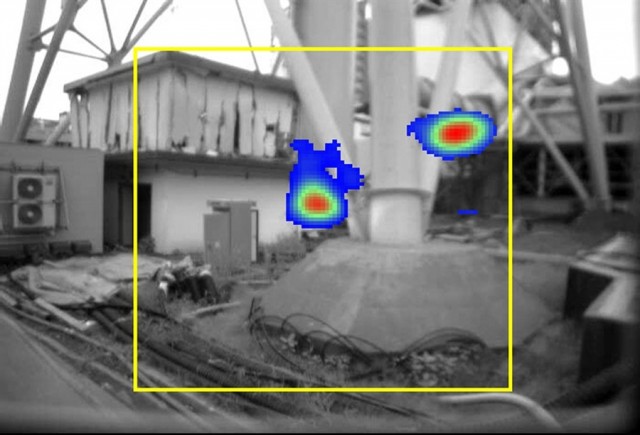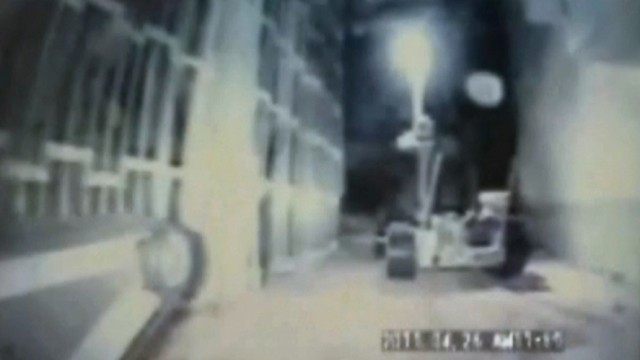World: Ex-Japan PM Naoto Kan imagined uninhabitable Tokyo post-Fukushima
- Deserted scenes of Tokyo without a single man around came across my mind. It really was a spine-chilling thought.
- Former Japanese Prime Minister Naoto Kan • Offering a truly harrowing vision of a post-Fukushima future for Tokyo. The vision for the 20-million-strong city helped push Kan towards encouraging renewable energy during his final months as Prime Minister, when he was dealing with the march earthquake. We’re with him. That’s a scary thought and it’s understandable why he changed his track as a result. source



